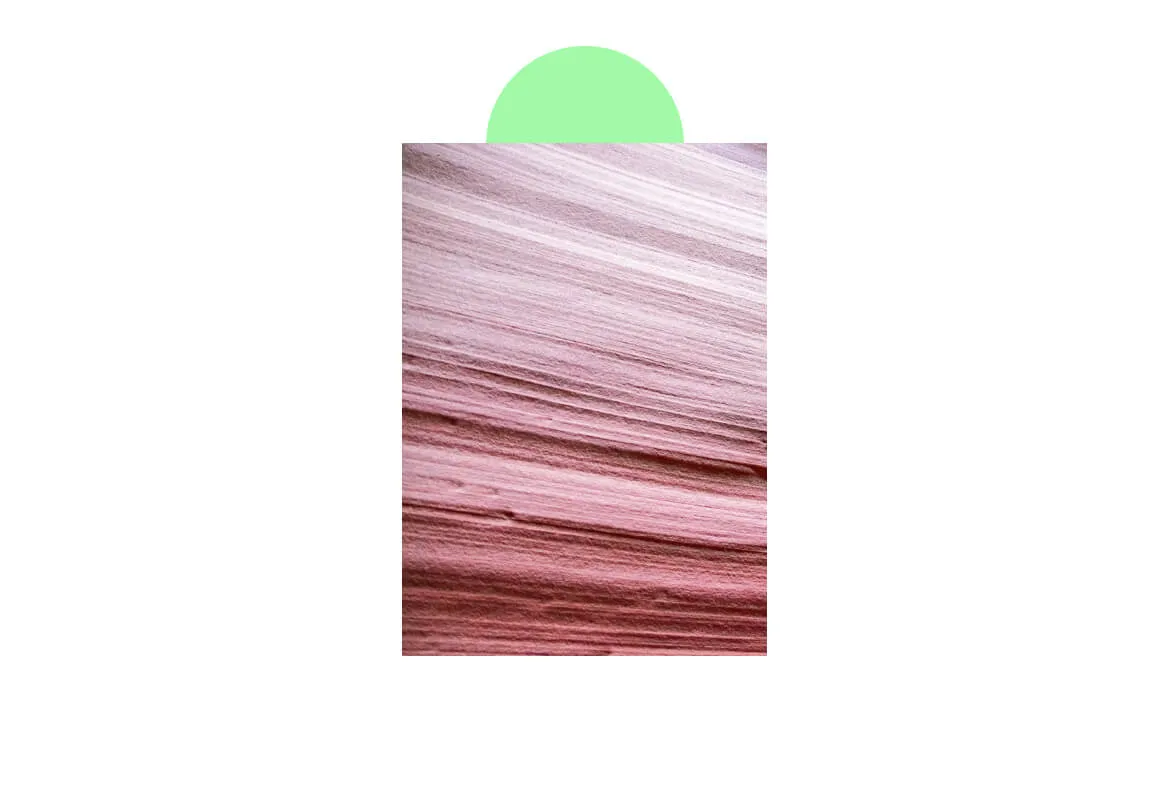Will dry socket heal on its own?

We hate to share bad news, but dry socket does not heal on its own. And we know how much that sucks. Not only did you just go through getting a tooth pulled but now you're likely in a ton of pain and the last thing you want to hear is that you need to return to the dentist for another procedure.
If you've evaluated your extraction site and determined that you have dry socket, take a deep breath, and let it out. You're going to be okay. Don't beat yourself up - dry socket is the most common complication after an extraction and it happens to people every day.
What causes dry socket?
After your tooth is extracted a blood clot forms over the extraction which allows your body to health as bone regrows and soft tissue re-develops over the empty space. However, if that blood clot fails to develop or dislodges before the wound heals, you'll get a "dry socket." When this happens, the underlying bone and nerve are exposed.
The pain will affect the extraction site and can even radiate pain out along the jaw and to the side of your face. The open space (the socket) will get irritated and may fill with food particles, which just worsens the pain and can lead to infection.
How do I know if I have dry socket?
We've got a whole piece to help you determine if your extraction is healing normal if you might have dry socket, but for quick reference here are the symptoms of having dry socket:
- Pain of 5 out of 10 or higher within a few days of the extraction
- Pain that worsens in the days after the extraction
- An "empty-looking" socket where the tooth was removed
- Visible bone in the socket
- Pain that radiates from the extraction site out to your ear, eye, forehead, or neck on the same side of your face
- Bad breath or a foul odor
- Unpleasant taste in your mouth
What to do if I have dry socket
If you're experiencing the symptoms of dry socket, try not to stress. First, you'll want to call your dentist to get a quick appointment so they can look at your extraction site and confirm if you do have dry socket.
If your dentist determines you have dry socket, they'll get to work reducing the symptoms, lowering your pain level, and helping you recover. They might recommend one or a few of the following options:
- Flushing out the socket. Your dentist will flush the area to remove any debris, like food particles, that could be causing pain or threaten an infection.
- Medicated dressings. Your dentist might pack the socket with medicated gel or paste, and cover with medicated dressings. Your dentist can determine if this is the right treatment, and how often you'll need to change dressings.
- Pain medication. Your dentist may prescribe a pain medication if your situation and circumstances call for it.
- Self-rinsing at home. Your dentist may have you flush the socket at home to help with the healing process. You'll receive instructions and a plastic syringe with a curved tip to squirt water, salt water or a prescription rinse into the socket. Your dentist will inform you how long to continue the rinse, likely until the soft tissue has healed over.
Dry socket treatment packing - what is it?
Your dentist might recommend treatment packing for the dry socket to help you heal. So … what does that mean?
First they'll flush out the socket to remove any food or debris so the site is clean. Next your dentist will pack the socket with a paste made from a medicated dressing. This paste will include eugenol which helps dull the pain, brings down swelling, and helps kill bacteria.
Dry socket without pain and next steps
If you experience some of the symptoms of dry socket but you aren't in pain, check in with your dentist. While pain is a big indicator that you have dry socket, we recommend chatting with your clinician for anything that doesn't feel "right."
And check out our piece on what you can do to help your socket heal in the short-term and in the long-run. While the first few days post-extraction are critical, taking care of your socket in the long-run helps you stay healthy and avoiding additional (more expensive) issues that can come up post-extraction.
Check out "Dry Socket: The ultimate guide" for everything you need to know to avoid or deal with dry socket.









